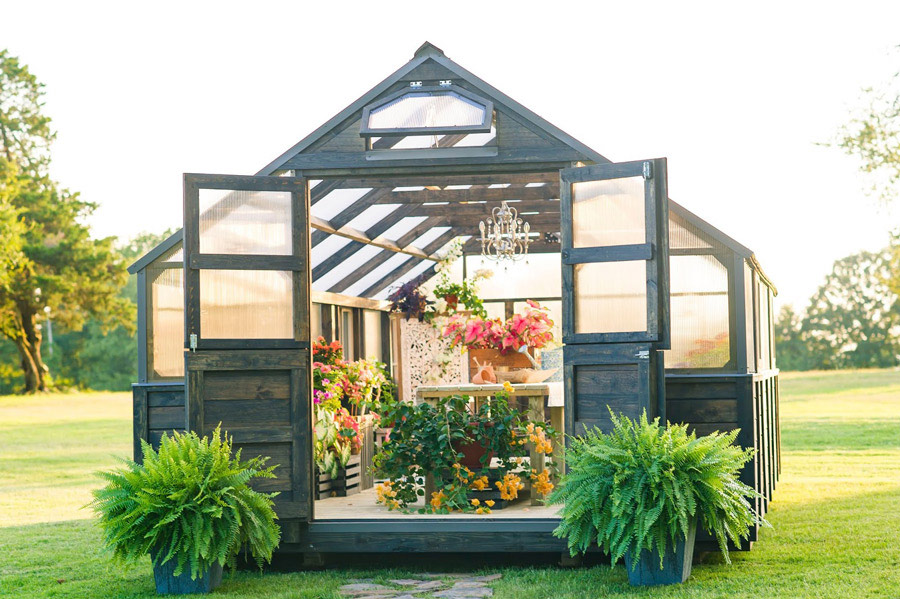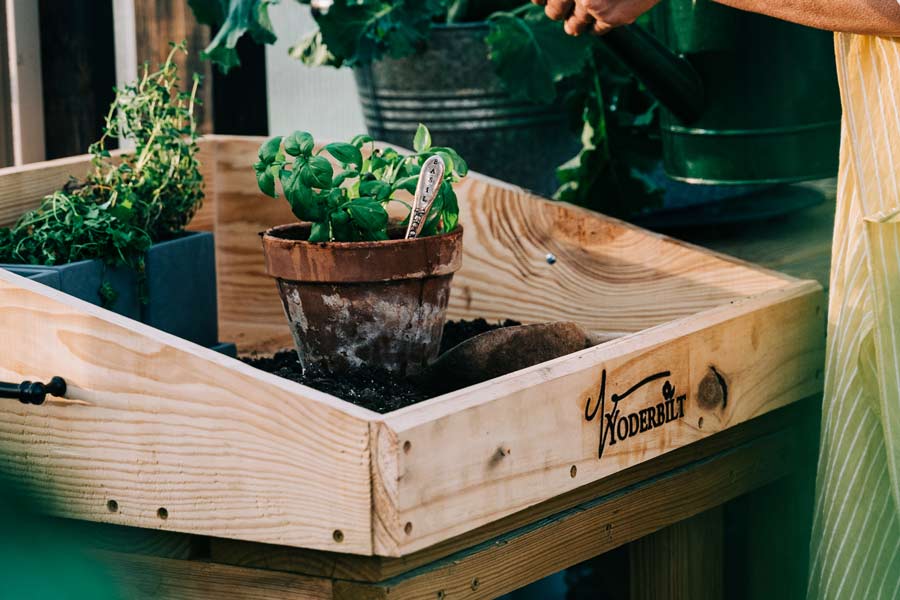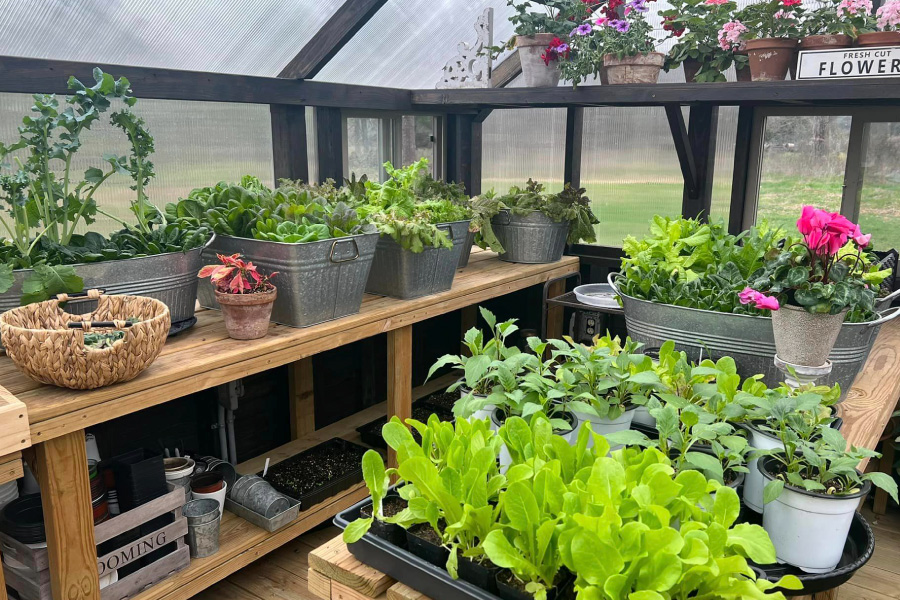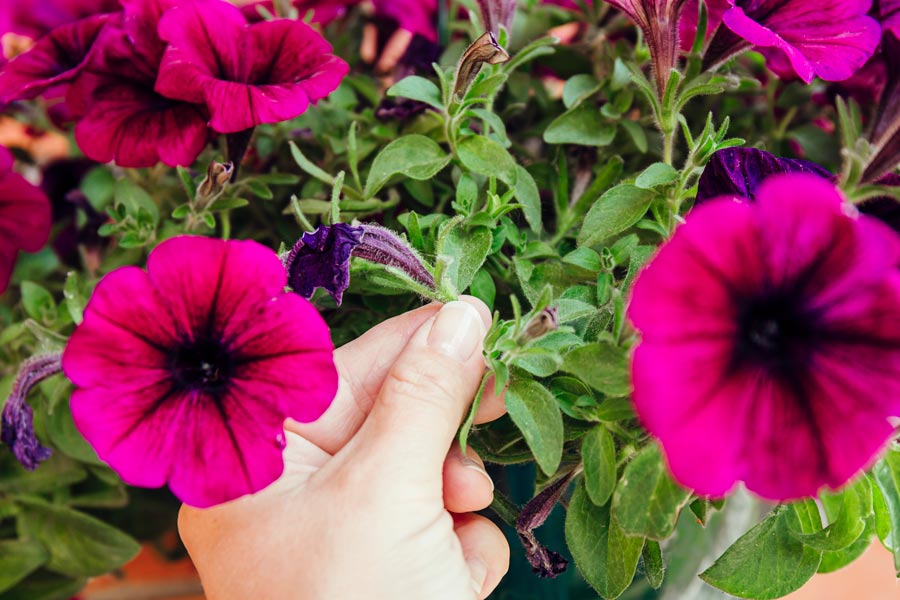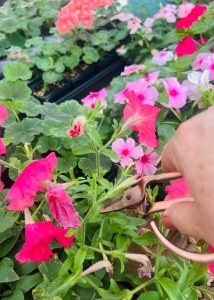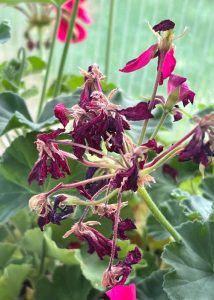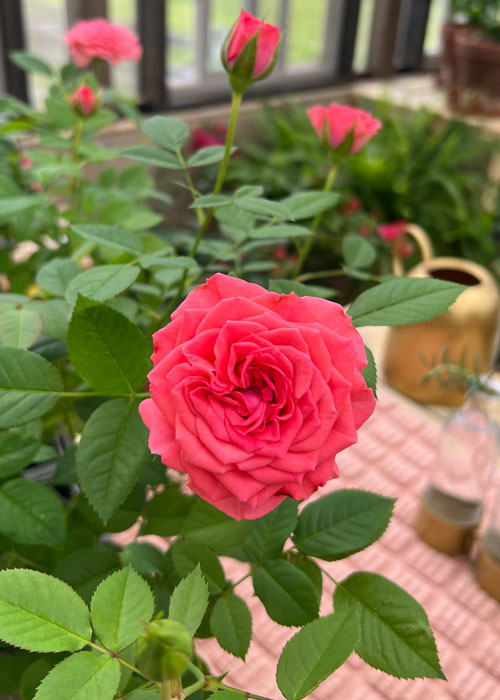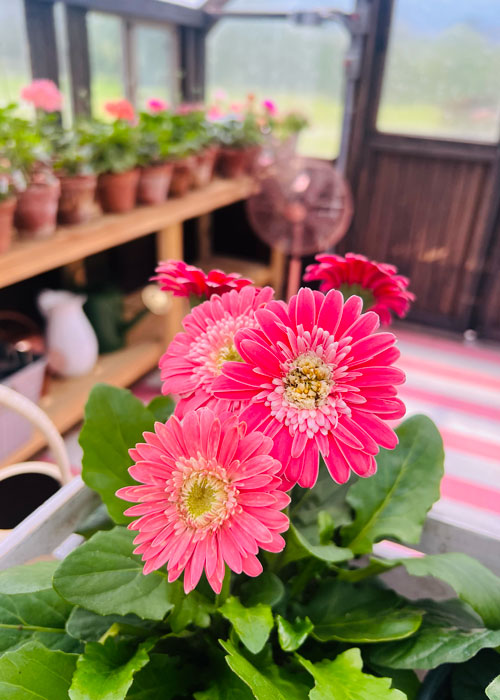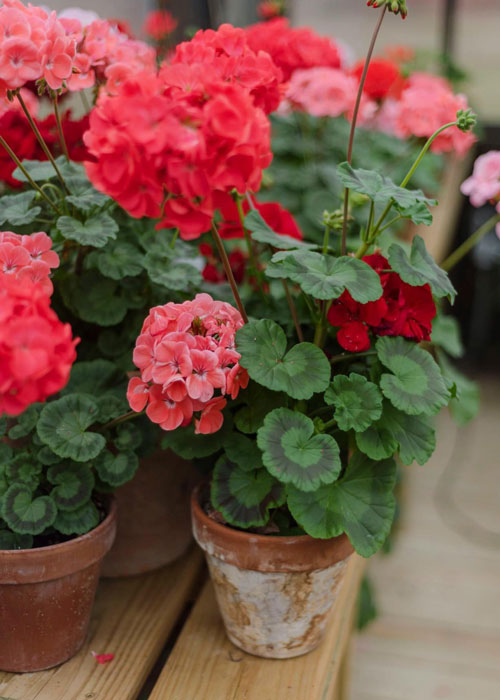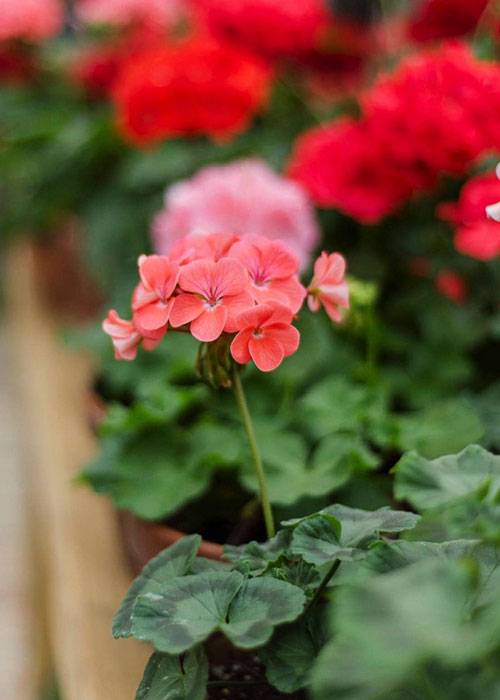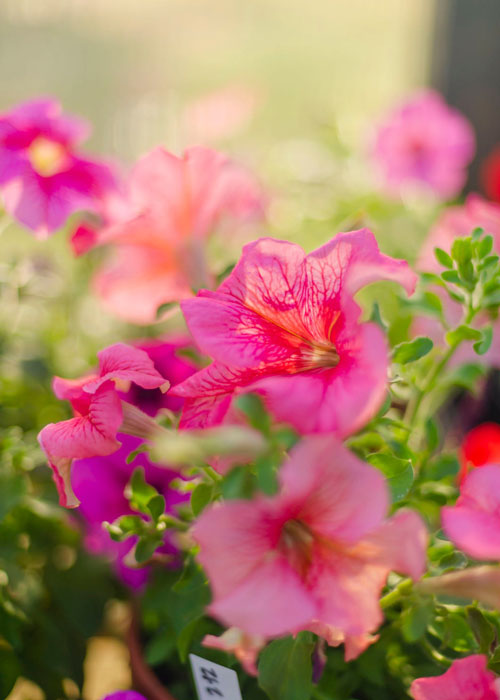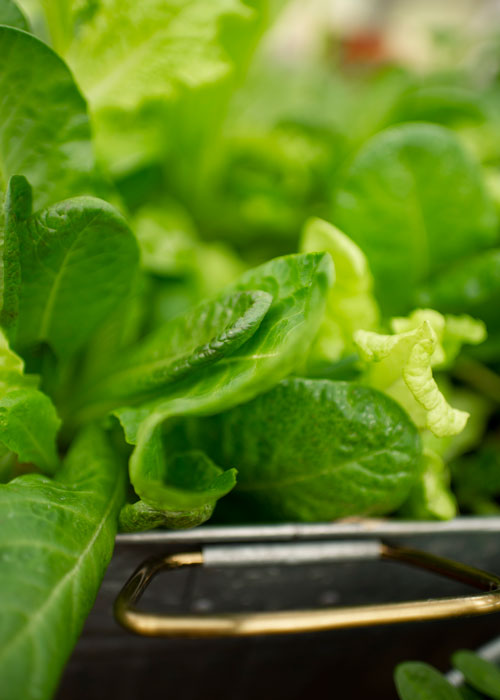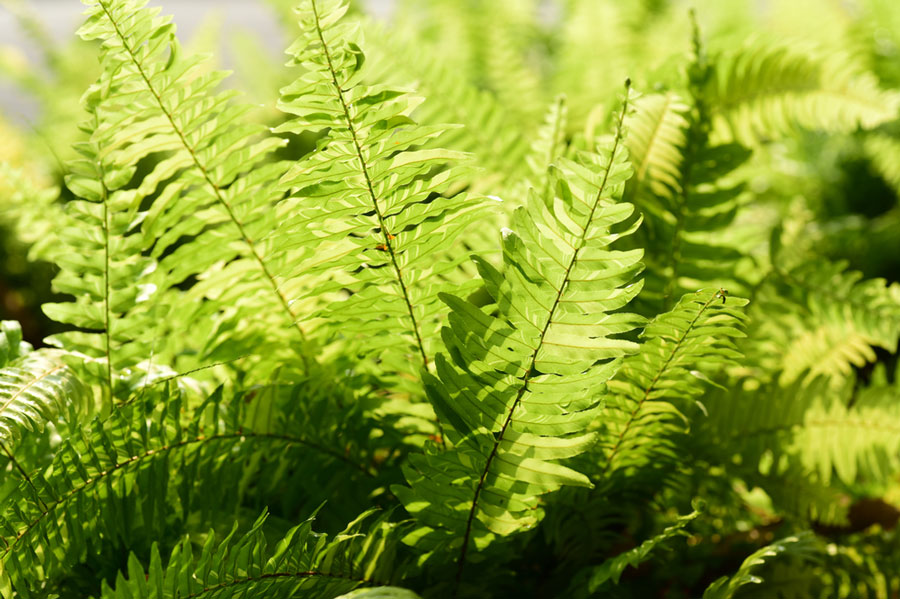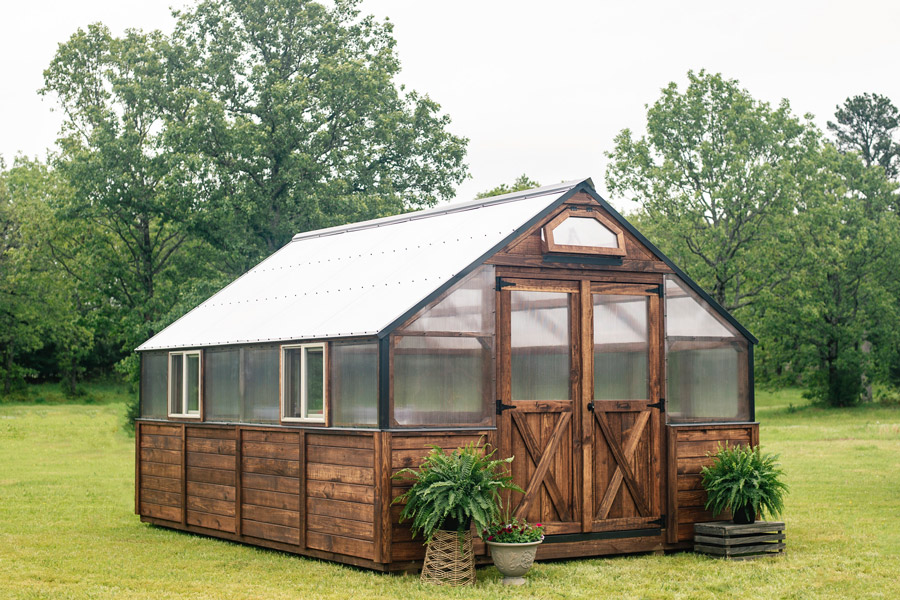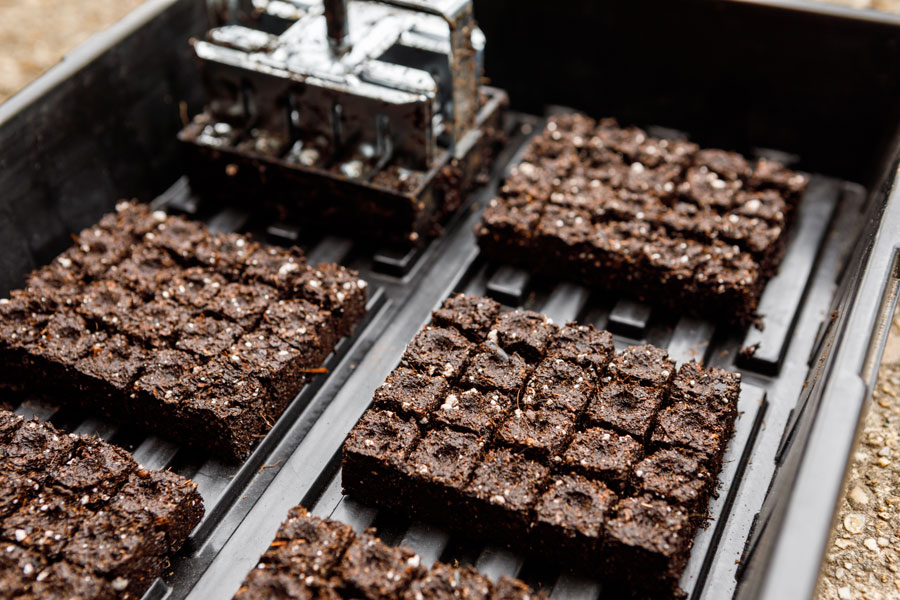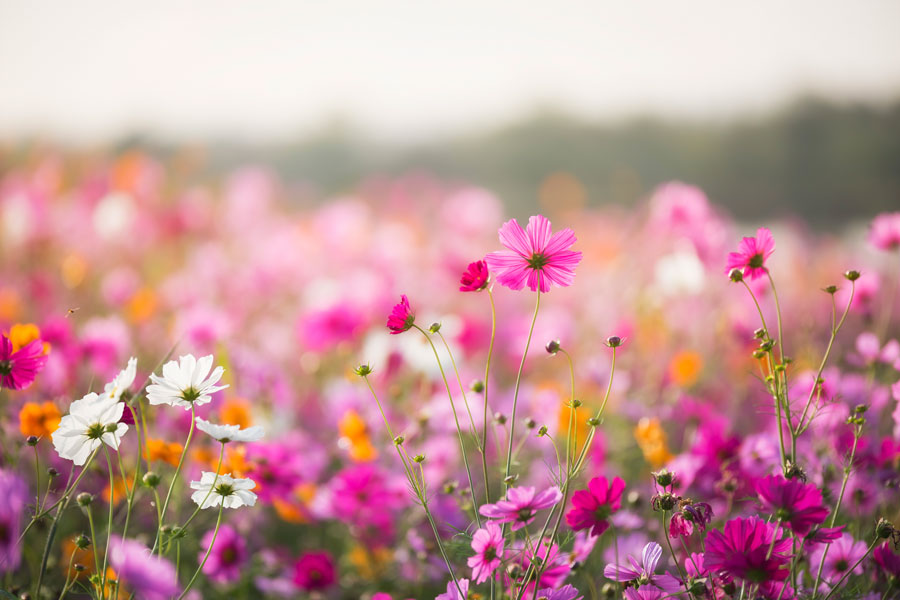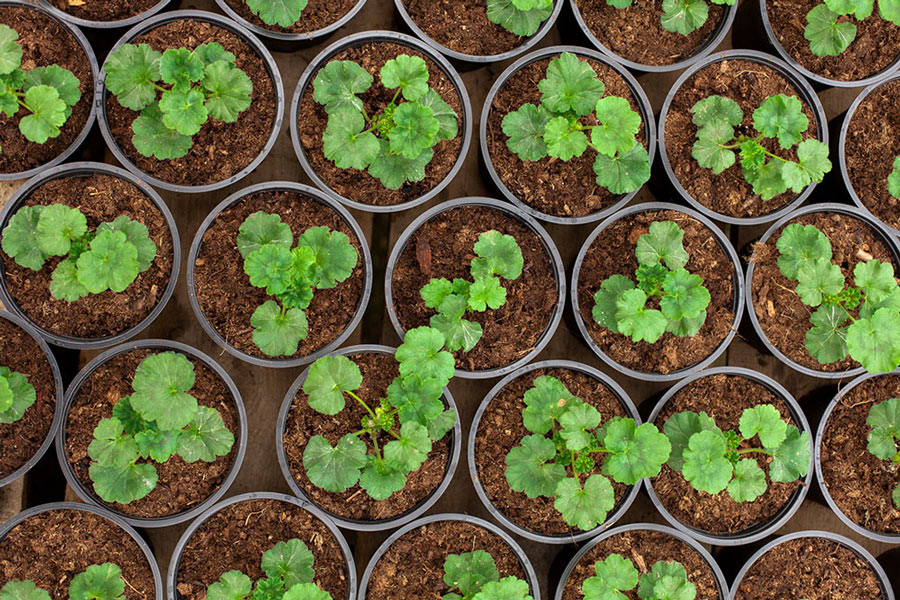The Importance of Deadheading Your Blooming Plants
Whether you are gardening in your Yoderbilt greenhouse, containers scattered around your patio, or in your garden, deadheading plays a crucial role in your success. It's the meticulous act of removing spent flowers, promoting not just aesthetic appeal but also the health and vitality of your garden space. Whether you're tending to a greenhouse or backyard garden, realizing the importance and implementing deadheading can elevate your plants to a new level. Let's explore why deadheading is essential and a list of flowers and vegetable plants that thrive when this often-overlooked garden task is performed.
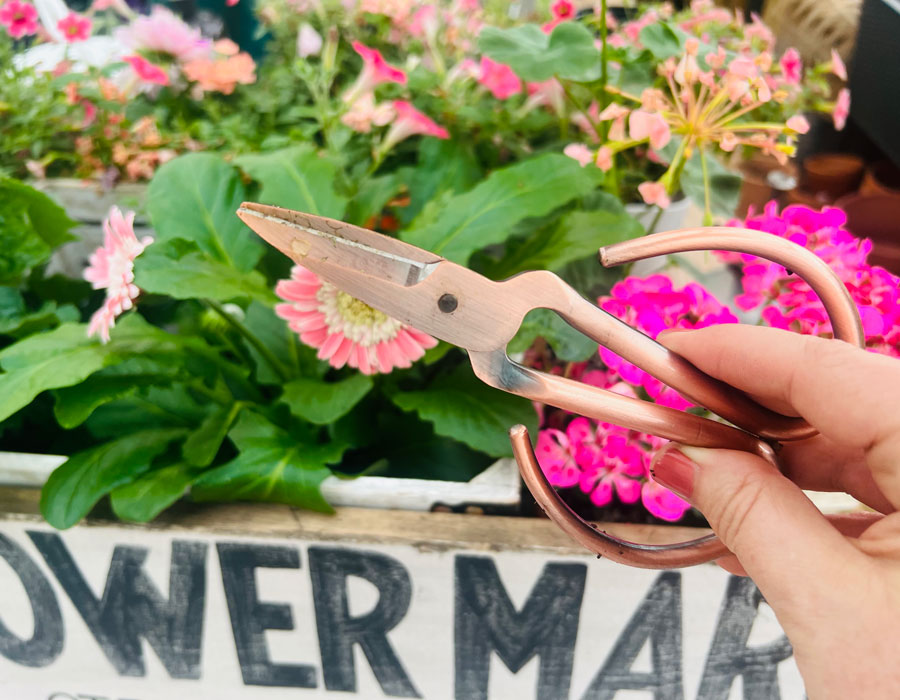
Why Deadheading Matters
Deadheading isn't simply about tidying up your garden; it's a strategic practice with tremendous benefits:
- Prolonged Bloom: By snipping off spent blooms, you redirect the plant's energy from seed production back into flower production, extending the blooming period.
- Enhanced Aesthetics: Removing withered flowers maintains the garden's visual appeal, ensuring it remains picture-perfect.
- Preventing Disease: Deadheading helps avoid the spread of diseases and pests, as decaying flowers can harbor pathogens detrimental to plant health.
- Stimulated Growth: Regular deadheading encourages plants to produce new growth, resulting in a fuller, more robust appearance.
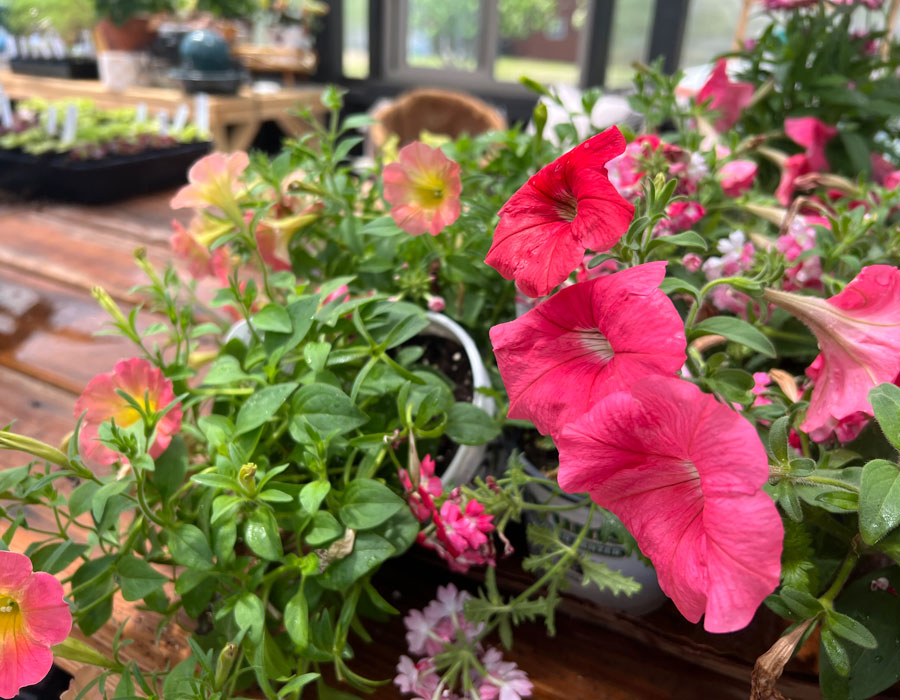
Up Close and Personal in my Yoderbilt Greenhouse
I have gardened my entire life and although I knew the importance of deadheading, it was a practice I often skipped. Does it really make that much of a difference?
Yes, yes it does.
I discovered the importance when I got my Yoderbilt greenhouse – everything changed. The greenhouse gives you insight that you often won’t experience in a garden – you are so up close and personal; you finally see so many details you often overlook. And that was the exact situation for me.
When I started deadheading my winter geranium blooms, I could immediately see and experience the benefits. Just that plant alone confirmed what I had always known, but seldom practiced. Now, whether in my Yoderbilt or in my garden, deadheading is a weekly practice for me. Removing the spent blooms and leaves instantaneously changes the way the plant looks, but another positive is that I add the discards to my composter. It’s such a win in numerous ways!
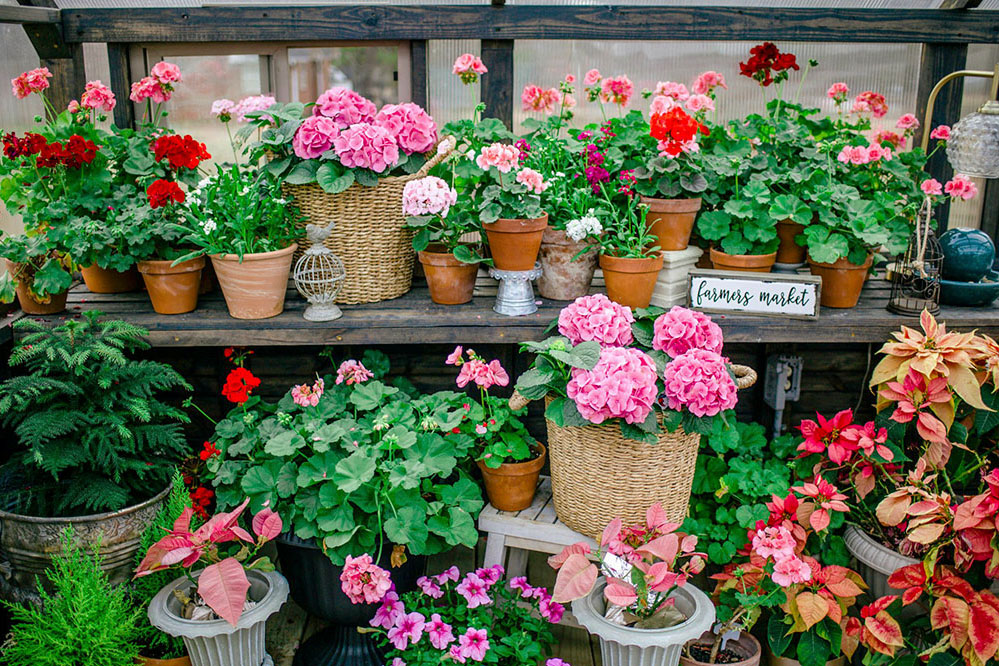
Flowers that Love Deadheading
- Roses (Rosa spp.): Prized for their beauty and fragrance, roses respond well to deadheading. Remove faded blooms just above a set of healthy leaves to encourage continuous flowering.
- Petunias (Petunia spp.): These colorful annuals thrive with regular deadheading. Pinch off spent flowers to promote fresh growth and abundant blooms throughout the season. When you overwinter your petunias in the greenhouse, it becomes routine, and you will notice the dramatic benefits quickly.
- Marigolds (Tagetes spp.): Deadheading marigolds not only maintains their vibrant appearance but also encourages branching, resulting in more flowers. And ultimately more seeds for future plantings. It’s another win-win!
- Geraniums (Pelargonium spp.): Keep geraniums blooming profusely by snipping off or pinching off spent flower heads near the base of the stem. I simply pinch mine by hand, it’s so quick and easy.
- Dahlias (Dahlia spp.): Remove faded blooms to encourage continuous flowering and prevent the plant from diverting energy into seed production.
Vegetables that Benefit from Deadheading
- Tomatoes: While technically a fruit, tomatoes benefit from the removal of suckers, which redirects energy into fruit production.
- Peppers: Regularly pinching off spent flowers on pepper plants can promote further flowering and fruit set, ensuring a bountiful harvest.
- Basil: Prevent basil plants from going to seed prematurely by snipping off flower spikes as soon as they appear. This encourages leaf production, ideal for culinary use.
- Lettuce: To prolong the harvest of lettuce, promptly remove any flowers that emerge, as they signal the plant's intent to bolt and turn bitter.
Deadheading is a labor of love that yields abundant rewards in the garden. It’s actually very relaxing for me. I now actually look forward to it! By building this simple yet impactful practice into your gardening routine, you can prolong the beauty of flowering plants, boost vegetable yields, and cultivate a thriving garden.
Happy gardening!
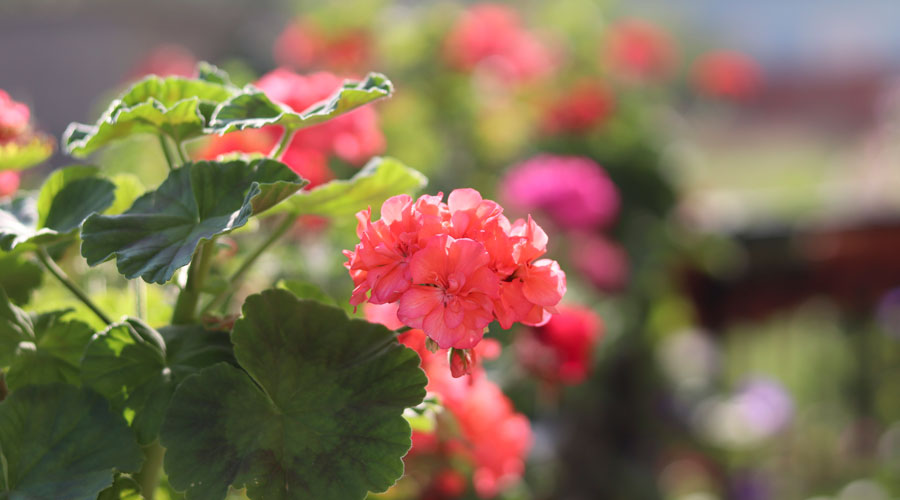
Ready to level up your garden? Extend your growing season with a Yoderbilt Greenhouse.

